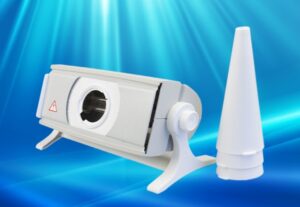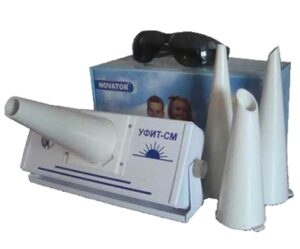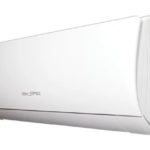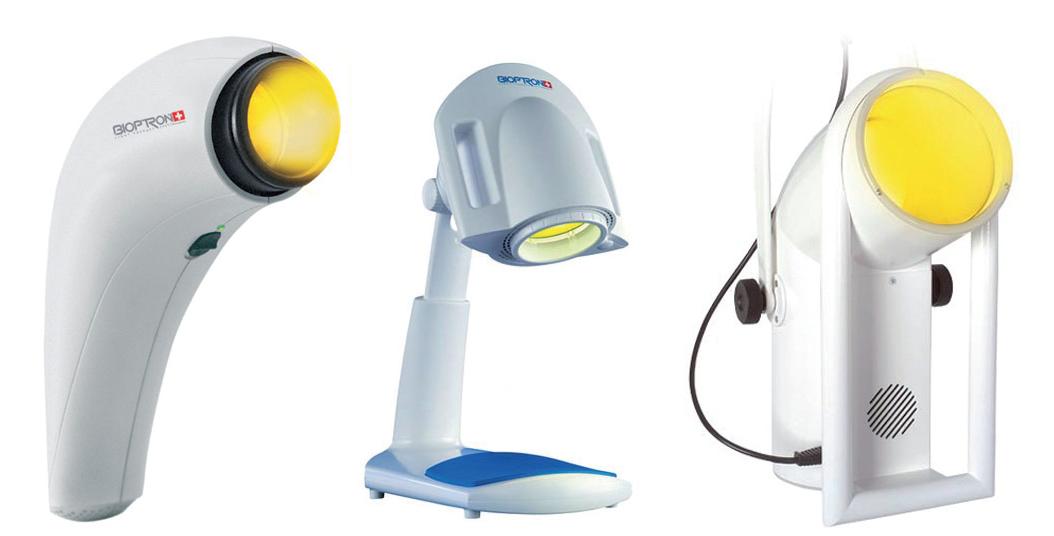Quartz lamp for home use: instructions for use

bt.rozetka.com.ua
Are you interested in the difference between a quartz lamp and a bactericidal lamp? Do you want to know where quartz and bactericidal lamps are used? Need to know how to use a quartz lamp? Then read on - the differences and similarities between quartz and bactericidal lamps, places of application of quartz lamps, instructions for using a quartz lamp, as well as tips and requirements for the use of bactericidal and quartz irradiators.
Ultraviolet irradiators, why they are needed, how they work, types. Quartz and bactericidal lamps, differences and similarities.
So, ultraviolet irradiators are sterilization devices; they are used during sanitary processing to qualitatively disinfect, disinfect or clean a room, its air or a specific object in it. UV irradiators kill bacteria, viruses, fungi, spores and other microorganisms. There are many devices for disinfection/sterilization, but the most popular are ultraviolet irradiators and devices with a similar operating principle. This is due to the high efficiency of these models, the quality of their work, the low investment of time/effort, and their low price.
Types of ultraviolet irradiators. There are three main types of irradiators:
- For sterilizing items (small structures in which medical instruments, tourniquets, fabrics, etc. are placed)
- For air sterilization (closed-type recirculators/irradiators force air into a certain container, where it is disinfected)
- To sterilize the entire room (large devices, installed in the center of the room, illuminate the entire room with ultraviolet light, disinfecting it)
The operating principle of such irradiators is simple:
The main working part is an ultraviolet lamp, but the path begins from the electrical network - electricity is supplied to a special stand for the lamp/socket. Then it is fed to the lamp, and it lights up. Its light passes through a coating that filters it. The emitted ultraviolet glow hits room objects, air, and walls. The photons they emit kill bacteria, viruses and other microorganisms. This happens by destroying their DNA - photons enter the cells, where they interact with the nucleus and its DNA. High-power lamps emit powerful photons that destroy DNA and the nucleus with their constant movement.
Irradiators for sterilizing objects have a similar principle: UV lamps also act on objects, destroying the DNA of microorganisms, but these objects are first placed in a compartment made of a special material. This material does not transmit wavelengths shorter than 257 nm (harmful to human health) to protect the safety of the user using the illuminator. Instead, the material reflects light so that it stays inside and irradiates objects.
Closed-type irradiators are also called recirculators - their operation is also based on an ultraviolet lamp. But in this case it only irradiates the air. It is driven into a special container by a small fan. The walls of the container are made of a special material that reflects light back for more effective cleaning.The UV lamp irradiates a portion of air, which then comes out on the other side.
All of the listed types of irradiators can use one of two types of UV lamps: quartz or bactericidal. Their similarity is the principle of operation. They emit ultraviolet radiation, the rays of which destroy the structure of DNA.

med-magazin.ua
They differ in the material of manufacture. Quartz lamps use quartz glass as the bulb material. When ultraviolet light passes through this glass, a large amount of ozone is released. Ozone is dangerous for living organisms, so after using a UV irradiator with a quartz lamp, you must ventilate the room for 15 minutes. At the same time, both during sterilization and during ventilation, there should be no people, animals, or plants in the room.
The bulbs of bactericidal lamps are made of uviol glass. It does not allow ozone to pass through and filters it, so it is not necessary to ventilate the room after sterilization with this device, but the presence of living organisms while the device is operating is also prohibited. Because of the ability of germicidal lamps to filter out ozone, they are sometimes called “ozone-free.” However, when you turn the illuminator on and off, you can smell a faint ozone odor. This is normal for this type of lamp.
How to distinguish a bactericidal lamp from a quartz lamp. This is usually written in the product description or instructions, but if you don’t have either, then you can distinguish a quartz lamp from a bactericidal lamp by appearance. The quartz glass flask has longitudinal scratches along its entire surface.
In the instructions for using a device with a quartz lamp, the manufacturer writes that after sterilization the room must be ventilated. This is not the case on devices with bactericidal lamps.
Why are quartz lamps still used? There is a banal answer to a banal question - they are cheap. Quartz lamps are three to four times cheaper than bactericidal lamps. Their main difference is that you need to ventilate the room after use. It is not profitable for manufacturers of UV sterilizers to switch to bactericidal flasks.
Where are quartz and bacterial lamps used? Most often, ultraviolet irradiators with quartz lamps can be found in medical institutions - hospitals, bed-ridden wards, doctors' offices, treatment centers, these devices are also found in health resort centers, spa salons, and least often they can be found in ordinary houses/apartments.
Germicidal emitters can also be found in medical institutions, resorts and spas, but they are also used in offices, shopping centers, beauty salons and residential buildings.
How to use quartz lamps. Keep in mind that quartz lamps and UV irradiators themselves are dangerous to human health if used incorrectly, so handle them carefully:
- When inserting the ultraviolet lamp into the socket, hold it by the base.
- Before and after using the lamp, you need to wipe it (when it has cooled down).
- Remove all plants, animals and people from the premises.
- Close windows and doors to prevent purified air from leaving the room.
- Turn on the quartz lamp and leave the room.
- After 30 minutes, turn off the device and open the windows.
- The room should be ventilated for 15 minutes, the lamp will cool down during this time.
Tips for using a quartz lamp:
- Make a schedule for sterilization and ventilation of the room and strictly adhere to it.
- If you do not want to come into contact with ozone again, move the lamp/irradiator switch outside, wear safety glasses and a mask/rag when entering the sterilized room.
- Move the fabric away from the lamp or take it out of the room - with prolonged exposure to ultraviolet radiation on the fabric, it fades.
It is prohibited to use a quartz lamp for room cleaning, prevention, or for therapeutic purposes for people with hypertension, peptic ulcers, thyroid disease, as well as people with allergies to ultraviolet radiation.





